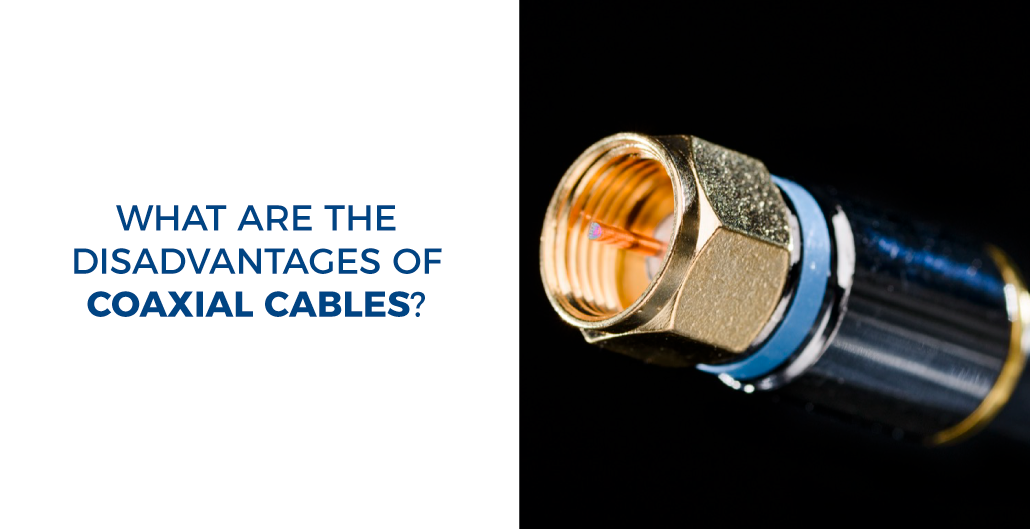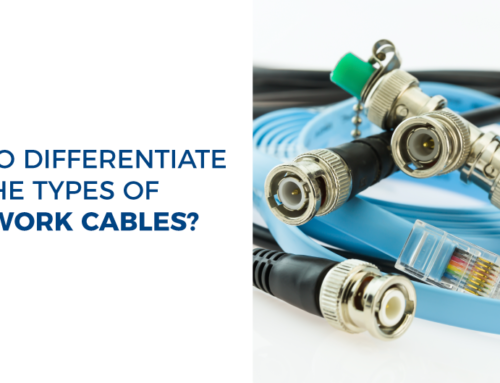What are the disadvantages of coaxial cables?
A coaxial cable is employed to transfer a signal from a radio or tv transmitter to an antenna. This kind of cable is made up of cords inside and an outer metal braid mesh separated by a foam-like insulation material known as the dielectric. Sometimes, a coaxial cable can get damaged where the dielectric becomes broken or separated; this will allow the internal wire to get in contact with the external braid — producing a short that can damage the transmitter.
Coax is the most popular transmission line employed to transmit electrical energy from one location to another. For example, it is utilized to connect the transmitter to an antenna. The signal propagation is in the form of TEM (Transverse Electromagnetic) mode.
Coaxial cable is commonly categorized based on its impedance viz. 50 Ohm (RG-8 type) or 75 Ohm. The 50 Ohm is applied for two way communication, RF & Microwave transmissions, data transmission, and M&C applications. The 75 Ohm is used as a video cable.
Benefits or advantages of Coaxial Cable
- Due to skin effect, coaxial cable is employed in high-frequency applications (higher than 50 MHz) using copper-clad materials for the center conductor. The skin effect is the result of high-frequency signals disseminating along the outer surface of the conductor. It improves the tensile strength of the cable and reduces weight.
- Coaxial cables are affordable.
- The external conductor in coaxial cable is utilized to increase attenuation and shield effectiveness. This can be further improved with the use of the second foil or braid known as a jacket. The jacket is used as protecting cover from the environment and makes the overall coaxial cable as a flame retardant.
- Coax is less sensitive to noise or interference (EMI or RFI) compared to twisted pair cable.
- Coaxial cables support higher bandwidth signal transmission compared to twisted pair.
- It is easy to wire and easy to expand due to its flexibility.
- It provides high transfer rates with coaxial cable having better shielding materials.
Drawbacks or disadvantages of Coaxial Cable
- One of the major disadvantages of coax is the fact that they are bulky.
- It is expensive to install for longer distances because of its thickness and stiffness.
- It needs to be grounded to limit interference.
- The safety is an important concern as it is easy to tap the coaxial cable by breaking it and inserting T-joint in between.
- One of its primary uses is for signal transmission across the entire network if there is a failure in one cable the whole network will be down.
If you would like to receive a quote for any of Network Custom Cables, Audio or Video Vustom Assemblies, please do not hesitate to contact us by sending an email to [email protected] or calling in the USA this phone number (682-325-1944)
Jessica Cardona
www.readytogocables.com



